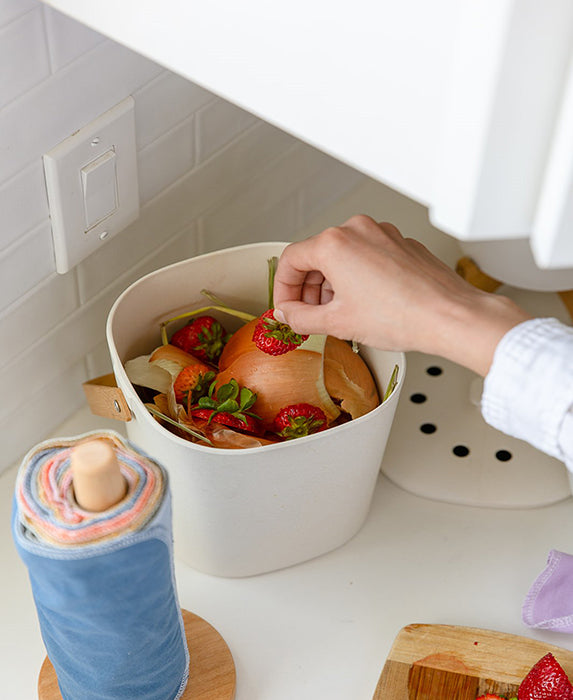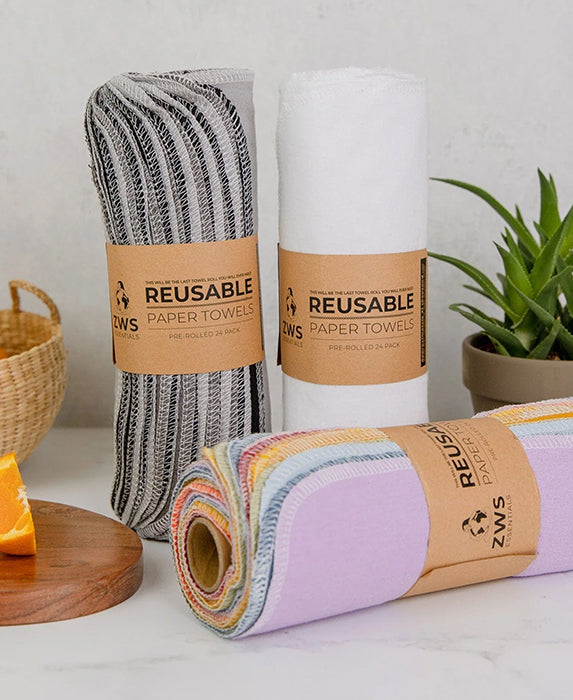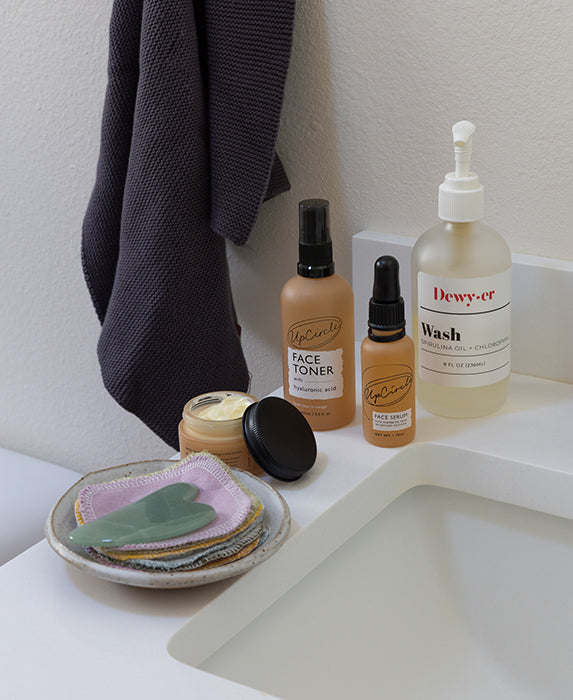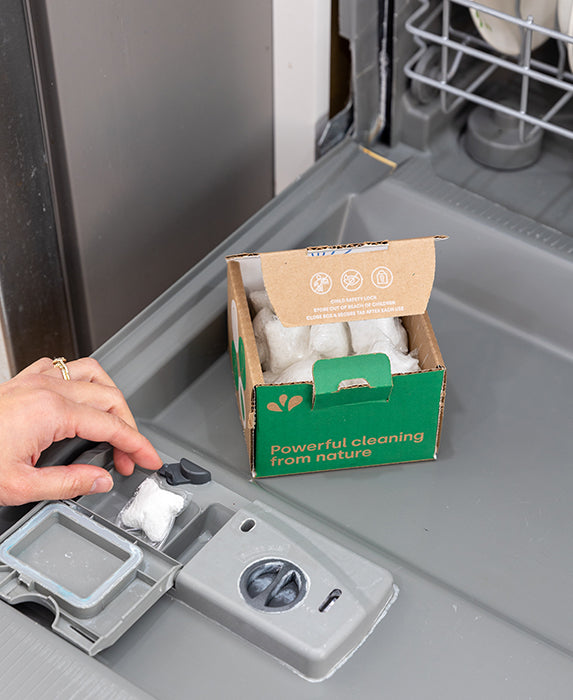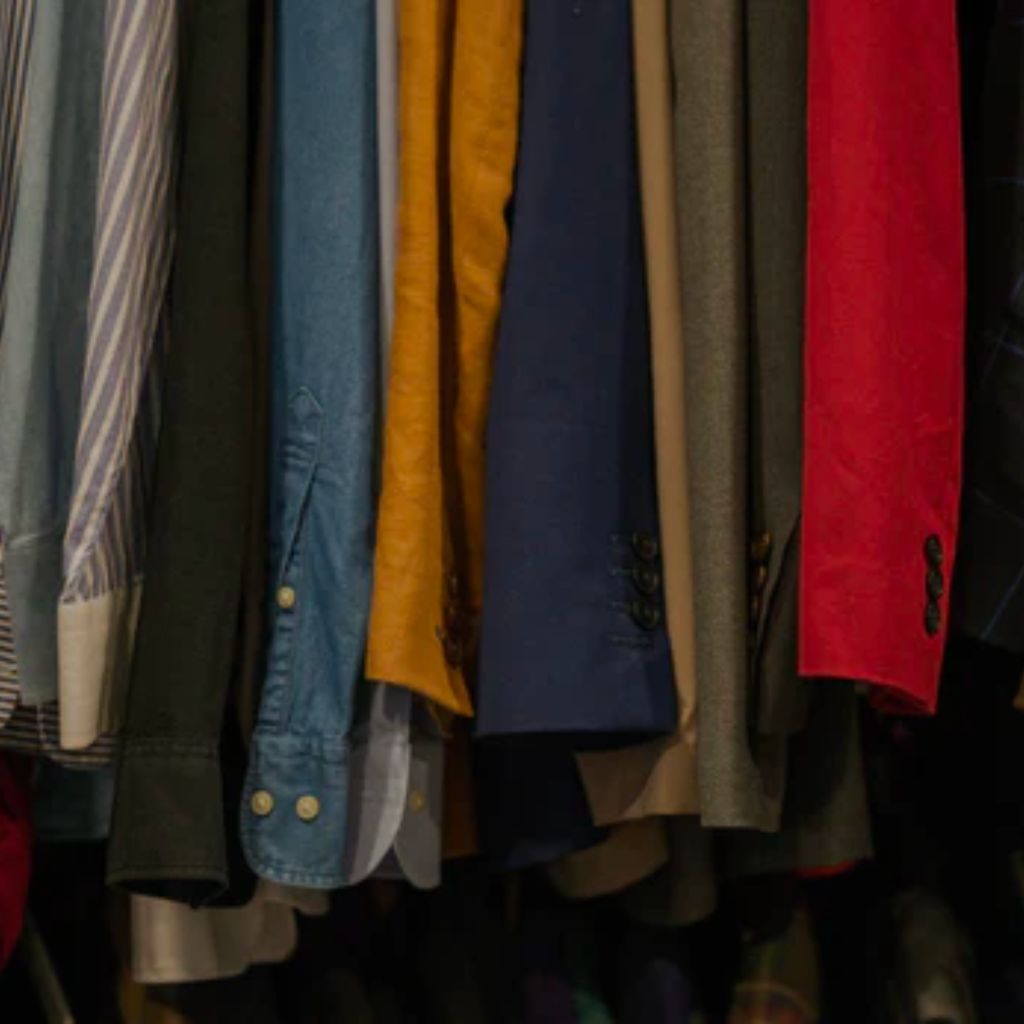Trying to enjoy your favorite tv show? Que advertisement. Scrolling down your social media feed? Another advertisement. Checking your mail to see if your sweet grandma sent you a nice letter? BOOM… advertisement!
We can’t seem to go anywhere or do anything without being told to shop here, buy that, or consume this. It’s the status quo of our society, to buy, buy, buy–without considering the impact of our purchases. Luckily for all of us, there is a global movement happening called conscious consumerism.
With conscious consumerism you can still shop–but in a way that is a whole lot kinder on the planet. We can all do better when it comes to shopping, so to help you out, we’ve come up with some handy tips to lead you down the path of righteousness. Read on to learn about the movement, and how you can become a conscious consumer!
What you’ll learn:
- What a conscious consumer is, and how to contribute!
- Understand the tools and third-party certifications necessary to identify ethical & sustainable products
- Ways to implement being a conscious consumer into your everyday life
What is a conscious consumer?
Recent studies show that 67% of Americans believe that progress on social and environmental issues will slow down without government regulation, and their confidence in national organizations to act on environmental issues is low. As a result, 43% of consumers believe that individual action has the greatest potential to solve social and environmental issues.
Despite this fact, in recent years, our global consumer culture has continued to accelerate towards a relentless focus on quantity and convenience–wanting the most products, for the least amount of money, delivered in the quickest time frame. While it may seem like more = better, when it comes to our impact on the planet, the status quo for how we currently consume is taking us down an irreversible path (animal extinction, more toxins, more waste, and yes, global warming!)
But don’t panic. A new wave of consumers have been taking the global markets by storm, calling themselves “conscious consumers”, aka “agents of change who consider the social, environmental, ecological, and political impact of both buying and boycotting products.” Simply put, they ask the question: “Can my individual actions make a difference?” and believe it or not, the answer is “YES!”
Price vs Cost
Look back 150 years, and you’ll see a very different picture of global trade. Almost all countries were responsible for making their own products, and those they were unable to make required time and labor intensive practices to be sourced from another country. Flash forward to recent times, and most large factories (think Nike) have been moved into lesser developed countries–often with different currency rates and costs of living. This makes it difficult to accurately judge what price is fair for an item made in another country–leading to huge disparities in the amount paid to overseas workers, and the cost of a particular product back in America.
No matter who you are, instinctively, you will always look for the cheapest price–it’s just human nature. But being a conscious consumer means taking the time to consider what kind of negative impact that price could have had on the lives of those who produced it, and the planet. A cheap price is almost never a fair price when you take the time to look at every aspect of sourcing and production.
Transparency in Technology
One of the biggest barriers to becoming a conscious consumer is companies’ unwillingness to share the information needed for you make an ethical shopping decision. All businesses want you to feel like you’re making a positive choice, using buzzwords like “organic”, “natural”, and “fair-trade” to convince the consumer, with one glance at the packaging, that their product is an ethical one. But, the truth is, when you start asking questions, it becomes clear that there’s so much more to being a conscious consumer then just browsing the labels.
Technology is breaking the barrier between what brands tell us, and what we can truly learn about their products. From ingredients, to materials sourcing, and even the initiatives the company is involved in, technology and the internet is making it easier for consumers to find out about what’s really going on with a particular brand or product. Educate yourself with environmental blogs, books, and other tools–like the Better World Shopper App!
While there’s tons of resources out there to find companies that are doing good for the planet (shoutout to all of our brands!), the internet is also an awesome place to encourage companies who aren’t meeting the mark to do better. You can write to your local politicians, CEOs, or other representatives, encouraging them to change for the better–or even give them a shoutout on social media. Businesses want you to want to shop with them, but sometimes they just need a push in the right direction!
How-To Be a Conscious Consumer
Did you know that only 1% of our purchased products are still around after 6 months–meaning that 99% of what we buy, we throw away in less than half a year. Ease and convenience has become our guiding principles, and it’s killing the planet. But how can your everyday purchases help turn this around–before it’s too late? Check out some of our favorite daily actions to help you become a conscious consumer!
1. One Step at a Time
Take baby steps! Just being aware of what you buy is a HUGE start! When you first start paying attention to the products in your life, you’re going to feel overwhelmed with how much truly isn’t sustainable. Instead of throwing away everything in your house, make a game plan for what needs to be transitioned immediately, and what you can continue to use for a while before finding a more ethical option. While tossing all your polyester clothes and replacing them with sustainable alternatives sounds like it would be a good move for the planet, it just creates more waste than if you just wore what you already had until it needed to be donated–then replacing it with an ethical version.
If you have plastic products in your life, use them–don’t toss them! Then, when it’s ready to hit the recycling bin, swap it for a better alternative. It’s all about taking small steps, and in no time, you’ll be impressed with just how much has changed thanks to conscious consumerism!
2. Third-Party Certifications
It can be hard to trust what a company says, especially if you’ve never heard of the claims they’re flaunting. That’s where third-party certification groups come in–awarding Sustainability Certifications based on rigorous national standards for environmental and social responsibility. This sets a more level playing field for conscious companies, as they can apply for these certifications as a way to prove to the customer their claims are correct–no greenwashing involved.
From certifications around material and ingredients quality, like USDA Certified Organic, GOTS Certified (for organic cotton), and NSF/ANSI 305 (for personal care), to certifications around production such as the OEKO-TEX Standard for chemical-free production, third-party certifications are making it easier to be a conscious consumer.
Some brands are even going the extra mile (well, like EarthHero) and are labeling each product with the third-party certifications they’ve been awarded, alongside other important values–like whether it has plastic-free packaging, or gives back to charity. But whether you’re shopping with the EarthHero community, or just browsing at the mall, keep an eye out for recognizable certification labels!
3. Budget for it
We hear all the time that shopping sustainably and ethically can get pretty pricey, especially for families or anyone on a budget. And we totally understand–while it can cost more to live an ethical lifestyle, it doesn’t necessarily need to be. Why? Something to consider when shopping sustainably is that while it may be more expensive at first, over time it should become less expensive, as you begin to replace single-use products with reusable counterparts.
For example, on average, an American consumer will spend $100 a year on water bottles–while one stainless steel water bottle that will undoubtedly last for several years only costs $25 to $30–and can be filled with free or minimally expensive tap water. In addition, as you become a more conscious consumer, you will tend to simply buy less. Strangely enough, when you ask yourself, “Do I really need this?”, a natural tendency is to just lose interest. In addition, as more conscious consumers speak their piece, and vote with their dollars, the market will shift to reflect more accessible prices on ethical goods.
So, where to start? Our solution for this is budgeting! You may balk at the idea, but once you get into the hang of it, budgeting makes shopping each month easier–and less stressful. Think about what you’re currently spending money on, and split it up into sustainable and unsustainable expenses. Begin to tackle the unsustainable expenses: how can you rebudget your grocery trip to include more organic produce and fewer processed snacks? What expenses can be minimized? Can you reduce your gas expenses by biking or carpooling? Make a monthly plan, and then a yearly plan, for how you can begin transitioning away from certain activities, and leave extra cash aside for the sustainable swaps you’ll be moving towards.
4. Reuse, repurpose, respect!
A conscious consumer is always conscious… but doesn’t always have to consume. One of the most important ways you can be a conscious consumer is simply by not consuming. It’s all about reusing and repurposing what you have, not replacing it with new products. Even the most sustainable product will be less sustainable than using the thing that’s already been sitting in your cabinet waiting to be used. Take it a step further, and utilize what you can in your backyard, town, neighborhood, and city!
Does your city have a bulk store for either food or personal care products? This is an awesome way to be a conscious consumer–without breaking the bank. Just bring your own produce bags and containers to the Whole Foods or other bulk store, and shop plastic-free. Are you located near a community garden, or have a big backyard? Try your hand at growing your own produce or herbs!
You Got This
At the end of the day, being a conscious consumer may take a little extra forethought–but can have some serious impact on the products that come into your life, and the impact those products have on the planet. Plus, it just feels really good! Ethical brands want to show you how truly ethical they are, so utilize the tools they provide you: like third-party certifications, online resources, and the information provided by the companies directly.
There is no better time to get started down the path of being a conscious consumer than now. Not only do we have the holidays coming up, undoubtedly one of the most wasteful times of the year due to product packaging and excessive shopping, but the culture of our country is changing faster than ever. From your daily trip to the supermarket, or all of your holiday gift shopping, there is a sustainable solution out there! All of our EarthHero vetted brands are a great place to start shopping like a conscious consumer, or our Green Gift Boxes!
How do you take the time to be a more conscious consumer? Share your tips and tricks with us below!
This blog was originally published on November 6, 2018 and was last updated October 27, 2022.

